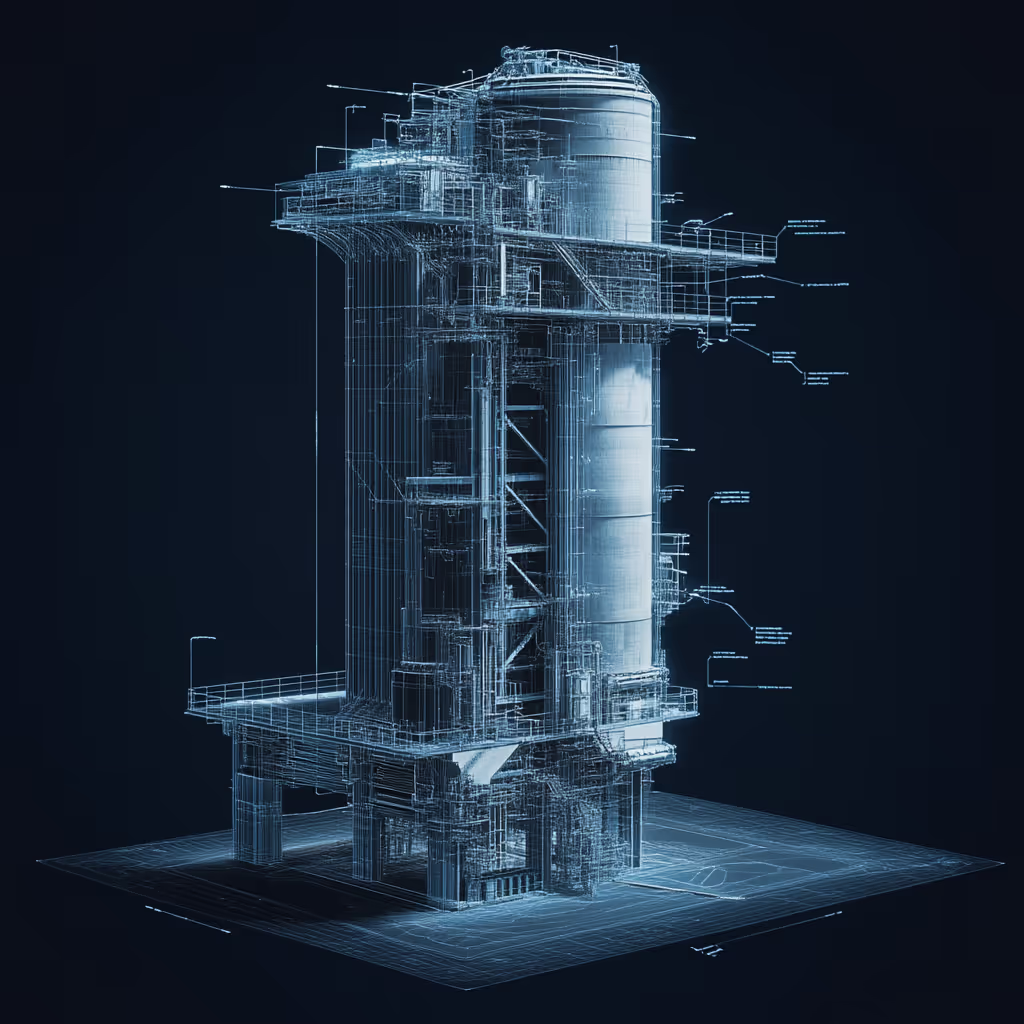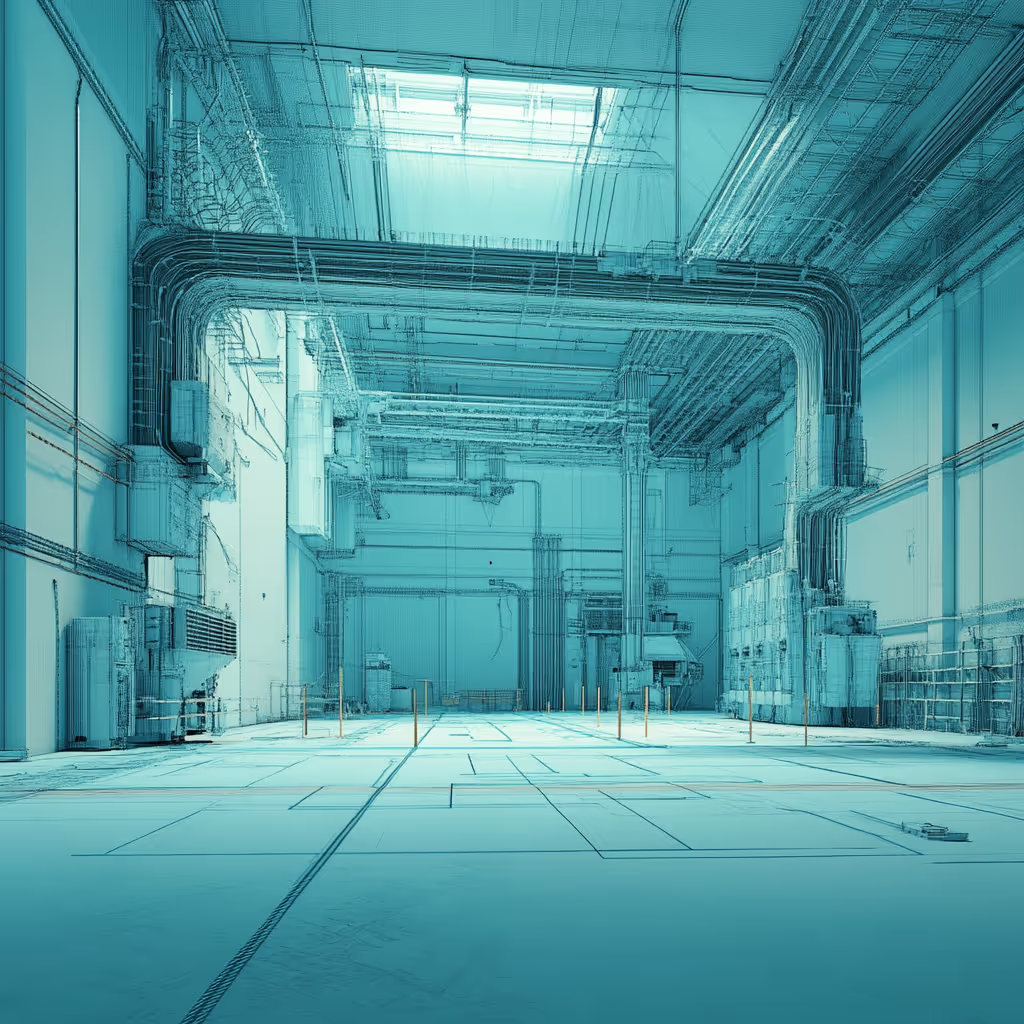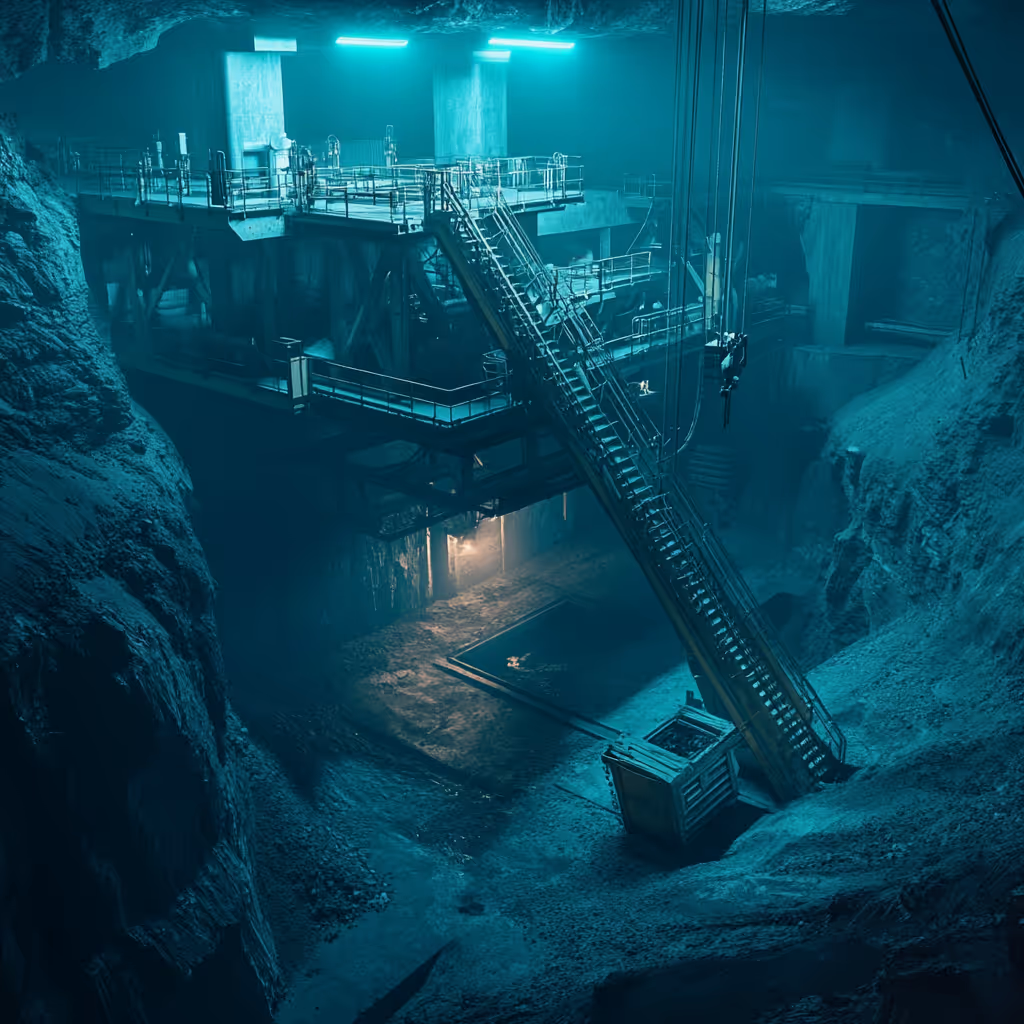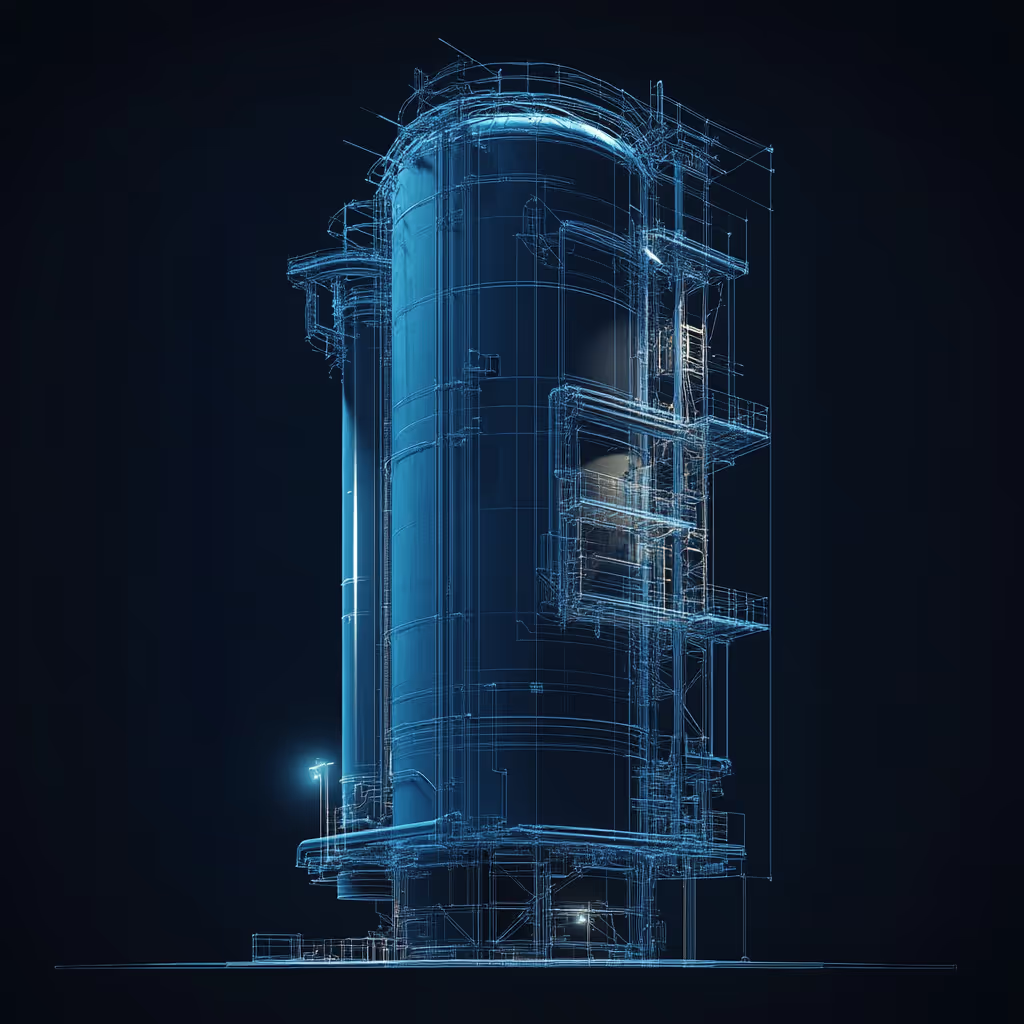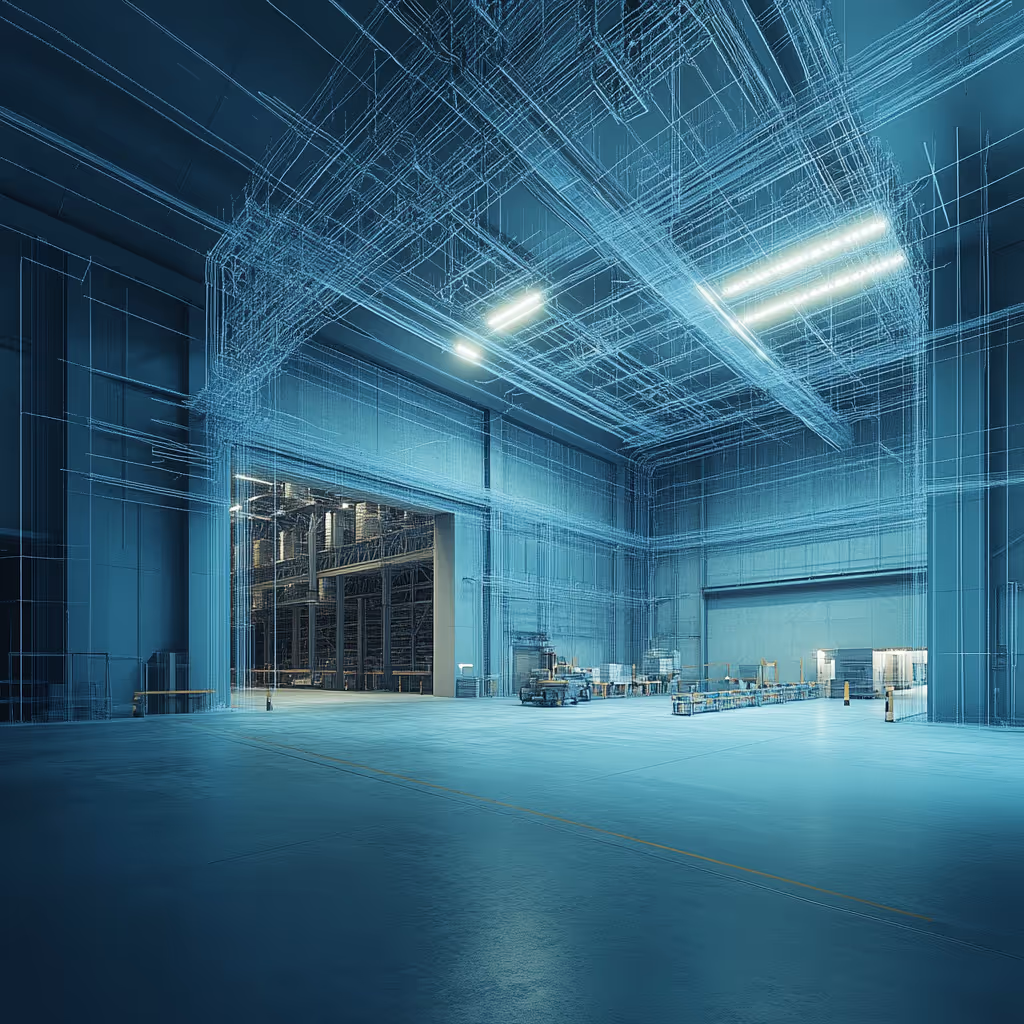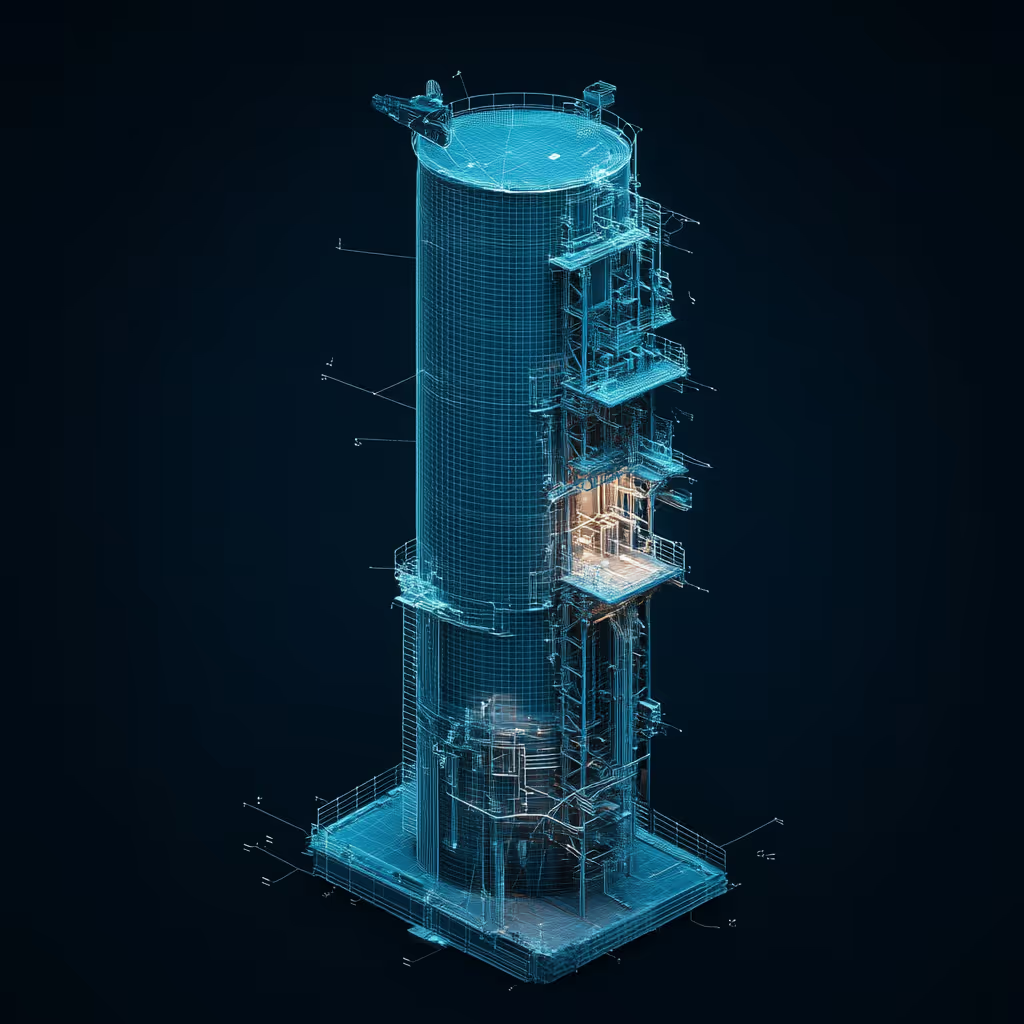Professional Outsourced As-Built BIM Modeling Services

Many engineers know that construction and manufacturing don’t always go to plan. There are often small oversights, changes in direction, and last-minute decisions that you have to make during stressful fabrication or construction projects. While you’re dealing with these decisions, the need to document the changes is often overlooked.
This is why as-built BIM modeling is so important. Our team at CAD/CAM Services will account for all the changes you made during construction by creating documentation of your current buildings. Our as-built BIMs will have all the information you need, to ensure an installation crew isn’t looking for a plumbing line that isn’t there.
Allow us to streamline all of your future production and maintenance tasks as well. It can all be done with a single, well-made, as-built BIM model.

